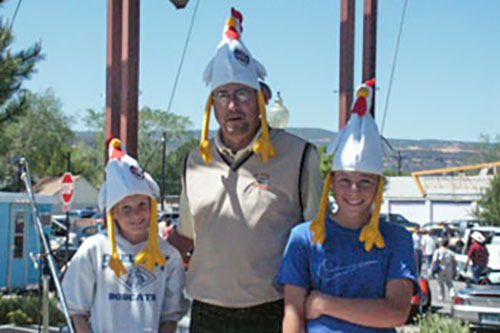Thought I'd dig up an old Mac Keynote Pandemic presentation I did when I was working for the NHS in 2006 - it was more to to with avian influenza, but still applicable
“Most experts believe that it is not a question of whether there will be another severe influenza pandemic, but when.” (The Government’s Chief Medical Officer, 2002)
“Wherever in the world a flu pandemic starts, perhaps with its epicentre in the Far East, we must assume we will be unable to prevent it reaching the UK. When it does, its impact will be severe in the number of illnesses and the disruption to everyday life. The steps we are setting out today will help us to reduce the disease's impact on our population.”
(Sir Liam Donaldson, Chief Medical Officer, 1 March 2005)
The World Health Organization predicts that one in four of the UK population could be infected in a bird flu pandemic, resulting in a possible 50,000 deaths.
Economic & Social Disruption
In the time it takes to develop and procure the new vaccine, the following measures would be used to try to buy time and stop the virus spreading:
• Travel between the UK and infected countries restricted and health screening begun at ports
• Infected people asked to go into voluntary isolation and those who had been in contact with them into voluntary quarantine
• Public gatherings such as football matches and concerts restricted, along with movement of people within local areas
• Schools closed
• Infected people, those who had been in contact with them and possibly the general public told to wear face masks.
Once a vaccine was available, it would be administered according to the following priorities:
• 1. Health workers occupationally most at risk
• 2. Key service workers
• 3. Group(s) most vulnerable to illness (this will depend on the strain and will not necessarily include the elderly)
• 4. Enclosed communities, such as residential care homes
• 5. People most likely to transmit the virus, such as children
• 6. General population.






